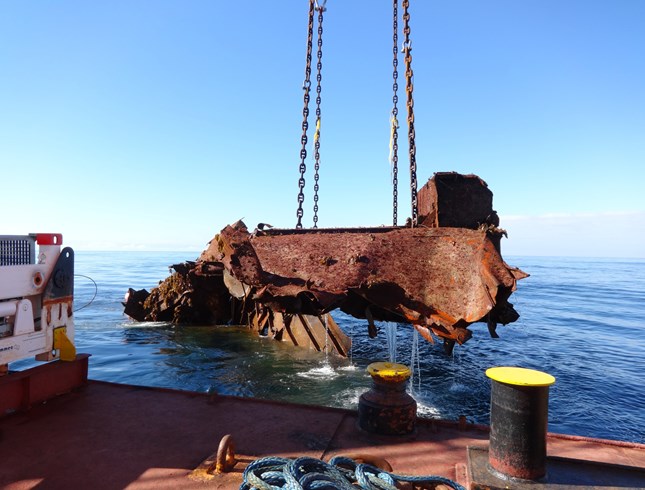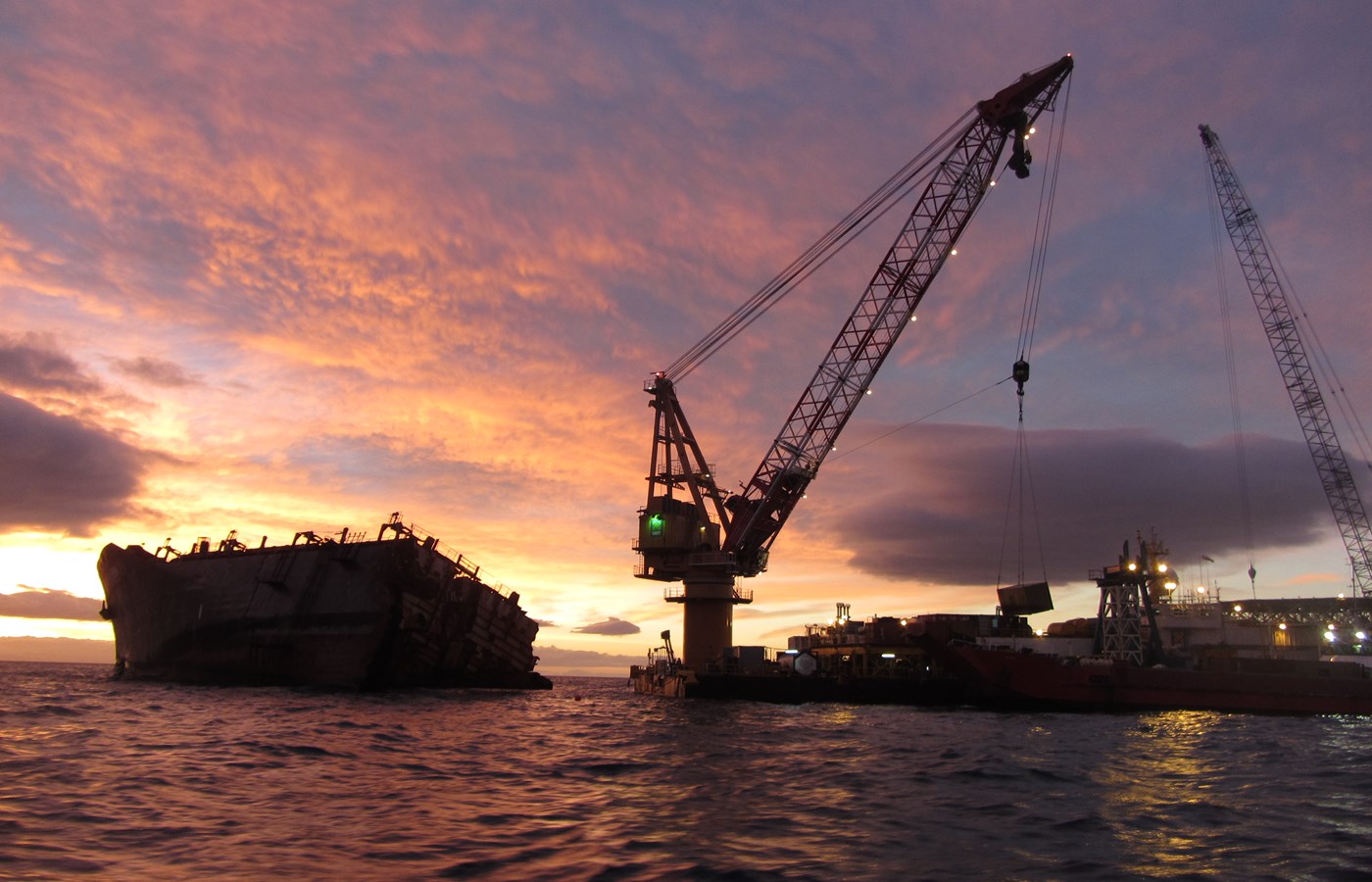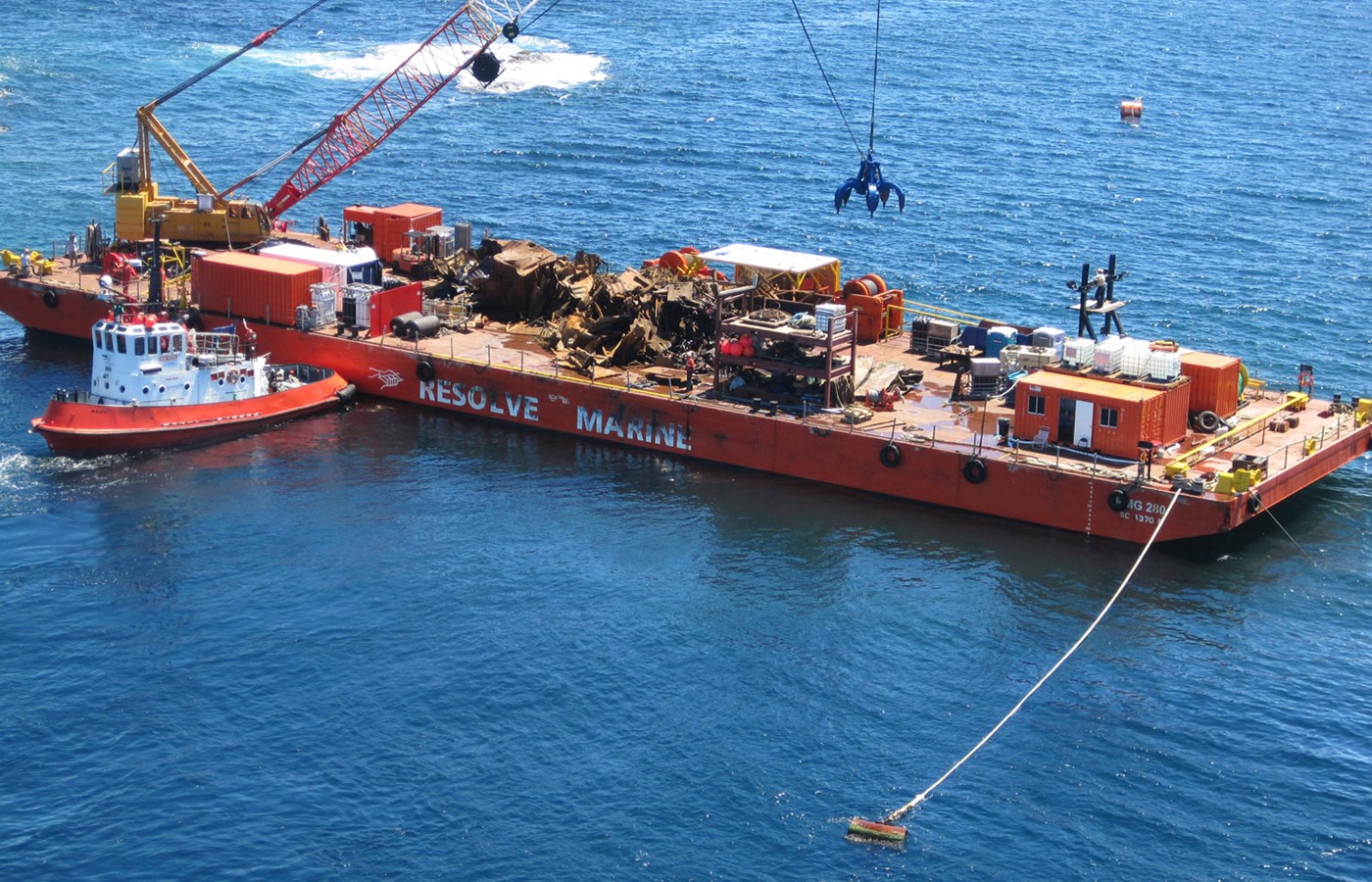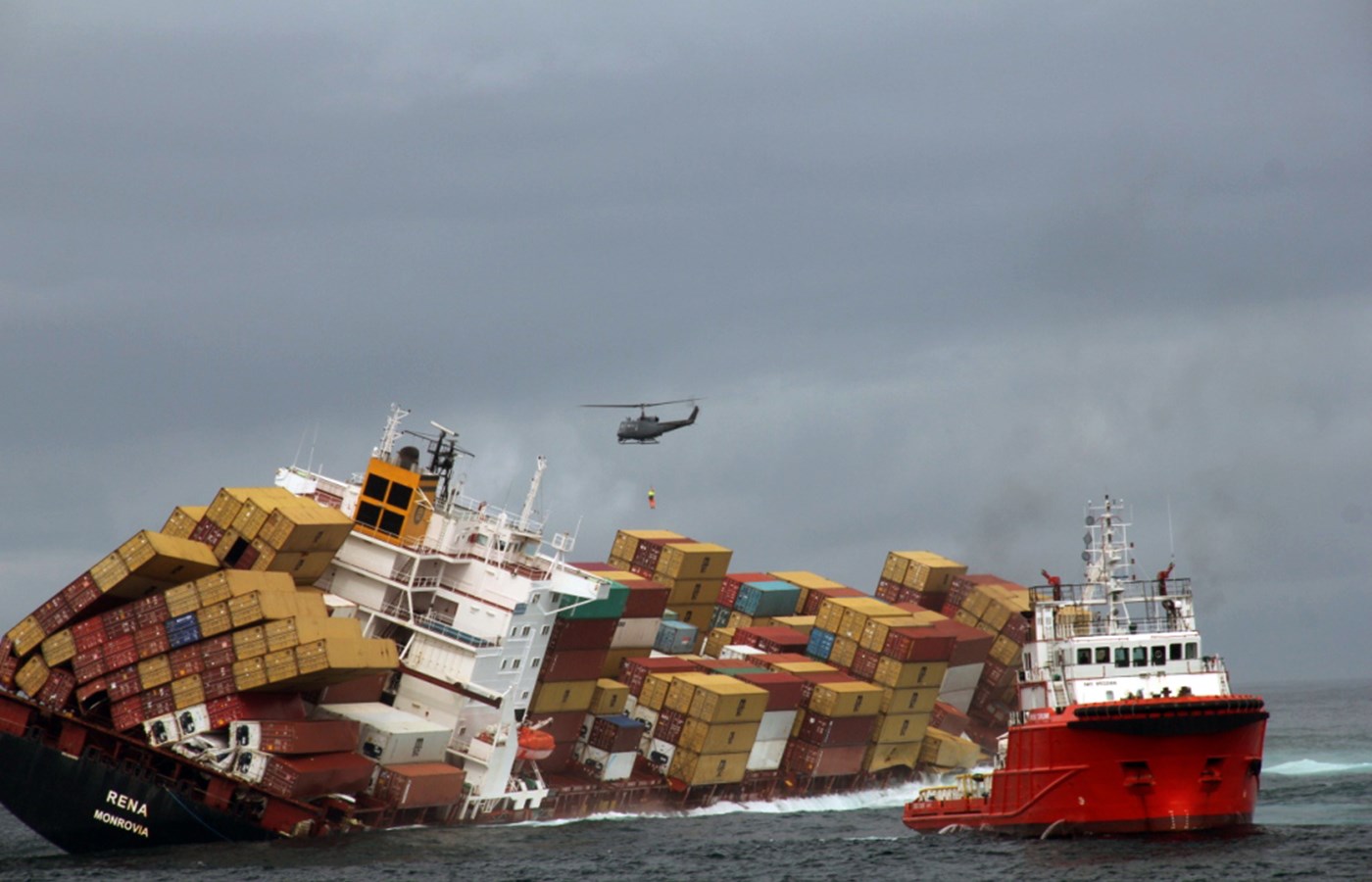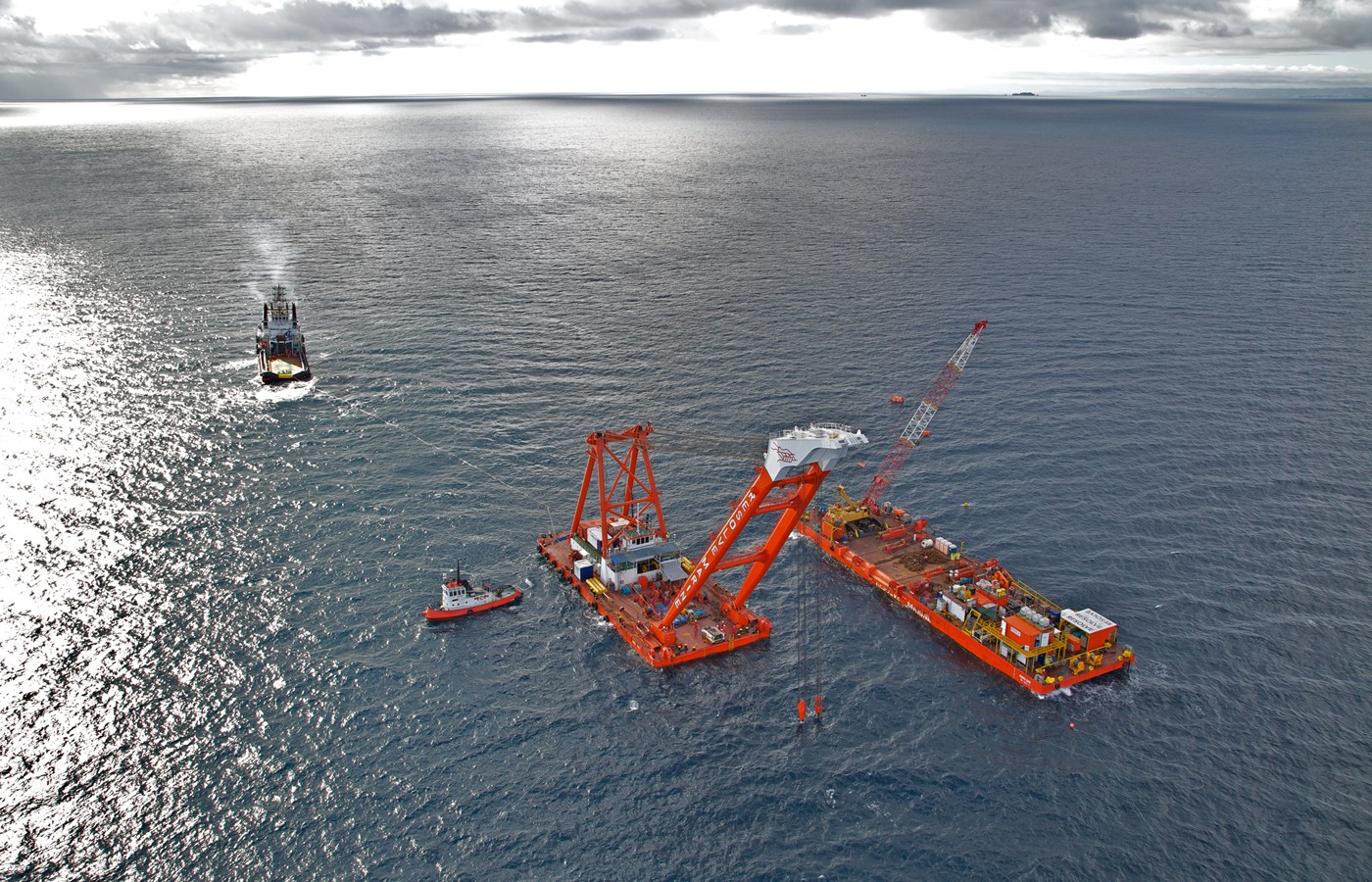Client
The Swedish Club
Location
Tauranga, New Zealand
Completion date
2014
The MV Rena was a 236 m long container ship that ran aground on the Astrolabe Reef near Tauranga in 2011. Marshall Day Acoustics undertook a noise survey of the existing ambient underwater noise environment and noise monitoring of the chain cutting activities during the removal of the Rena’s sunken accommodation block.
Our Brief
Marshall Day Acoustics were engaged to:
- Quantify the underwater acoustic environment of the Astrolabe Reef
- Assess the impact of various salvage options on marine biota
- Provide mitigation and management strategies

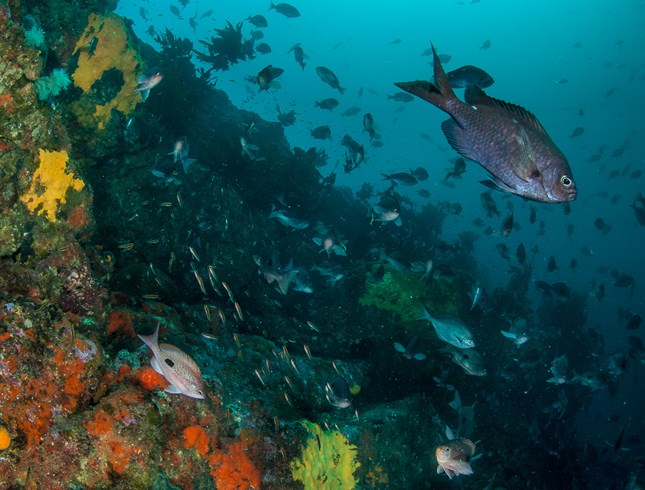
Challenges
The project was unique and had many challenges, including:
- The project site was 26km offshore in hostile seas with large swells
- The Astrolabe Reef is a marine reserve, home to a diverse range and stock of noise sensitive species of interest
- One of the first projects in New Zealand to consider underwater demolition noise, and the first known attempt to quantify the noise emissions from chain cutting
- The large scale of the demolition project
- First use of noise modelling to graphically display zones of influence using dBSea, 3D underwater noise modelling software
An acoustic assessment was undertaken to inform the various salvage options. A further acoustic assessment was prepared to support the Resource Consent to leave the Rena on the Astrolabe Reef.
The Rena Salvage provided a catalyst for underwater noise awareness and the responsibilities under Section 16 of the Resource Management Act. The recent Proposed Auckland Unitary Plan (PAUP) underwater noise rules has cemented the need to regulate anthropogenic noise in the Coastal Marine Area.
